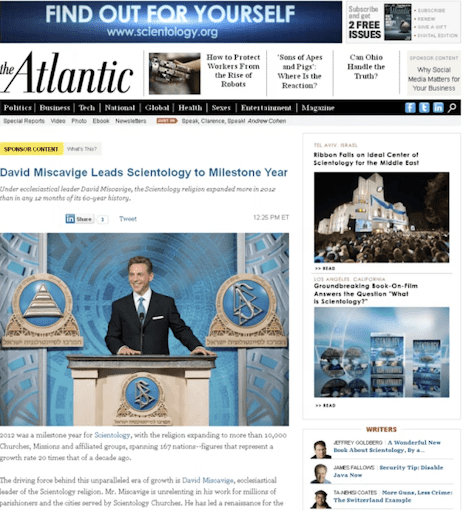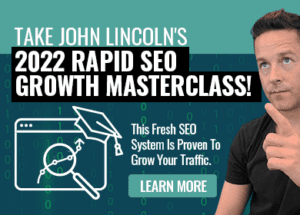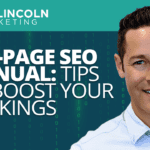Native Advertising: Everything You Need to Know
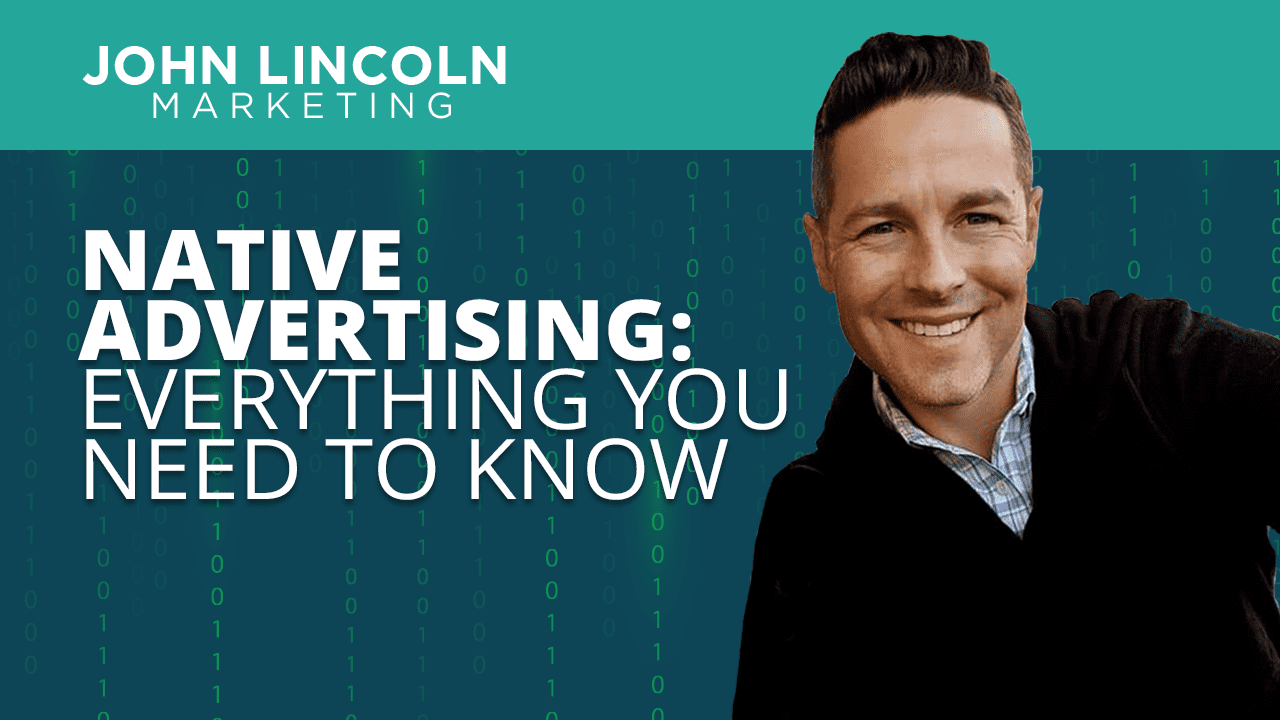
According to eMarketer, 62.7% of all US display ad spend in 2019 went toward native advertising. That means it’s used for a lot of campaigns!
So what is it? And why are so many brands and businesses building their marketing strategies around it? Let’s talk about it.
What is Native Advertising?
Native advertising is a form of paid media disguised as organic content instead of sales copy.
This type of marketing is seamlessly worked into other non-marketing content. Rather than positioning everything as an advertisement, it builds brand awareness without the consumer realizing it.
It is crucial, however, to note that native advertising isn’t the same as content marketing.
Content marketing is content placed on a brand’s media platforms. Native advertising depends on a brand’s ability to pay for their content to be on someone else’s platform.
How Does Native Advertising Work?
Native advertising has been steadily taking over all digital ad spend since 2016. According to eMarketer, native advertising content accounted for 95.6% of all social media ad spend in 2019. That’s a super high percentage for one type of advertisement!
Why are brands and businesses investing so much in native advertising? Because it works!
When consumers scroll through social media, blog pages, or a Google SERP, they aren’t looking for advertisements. Instead, they are looking for content.
There are three ways to use native advertising:
- In-feed ads: ads that appear on social media platforms, such as Instagram, Facebook, or Twitter
- Content recommendations: ads that look like recommended articles
- Search & promoted listings: ads that appear on Google SERPs
These ads are all slightly different, but they have one main thing in common–they look like another piece of content. Once readers realize they are reading an advertisement, they’ve already consumed the brand’s message.
Because they are so easy to work into other forms of content, native ads also increase your brand awareness and form a connection between the consumer and the company.
This is key in a world where so many consumers are tired of constantly being sold to. So, as a digital marketer, make your brand’s voice heard, even if that means going around ad-blocking software and expensive ad-disabling subscriptions.
When Should You Use Native Advertising?
Use native advertising to get your content into spaces where it doesn’t already exist. This includes social media feeds, SERPs, and other highly impactful places where your preferred audience is.
As demonstrated by the statistics from eMarketer, native advertising works really well on social media platforms.
This is because most people are mindlessly scrolling through social media. So, when your ad looks similar to content that is already being consumed, it’s more likely to be seen.
It is also very effective in places where adblocking software or ad-eliminating subscriptions exist. Because your native ads are served as regular content, they aren’t always flagged by software, at least not right away.
How Do You Choose the Right Platform for Your Native Advertising?
Deciding which route to take with your native ads will depend on your goals. You’ll want to work with publishers who will produce the highest ROI.
Many publishers work with technology partners and content discovery platforms that will produce the data necessary to help you make your decision.
When looking at publishers and content discovery platforms, consider this list of requirements:
- Quality of network: What sort of sites does this publisher work with? Where will your native ads be shown?
- Scale: How many users does this publisher or platform usually reach within your targeted audience?
- Tracking: Do they provide any tracking data to show your ad’s success? Is this data collected in a transparent manner?
- Compatibility: Does this publisher or platform integrate with your other systems, including operating systems or CRMs?
- Bidding Models: How does their bidding operate? Can you adjust it as you see fit, or are you tied into a manual bidding process?
- Auction Models: What models do they use?
- Targeting: Does the publisher or platform assist with any targeting or retargeting, or will you need to do that on your own?
- Service: How is the account management run? Is it fully self-service, or will you have support when needed?
Although usually very successful, native advertising is not always cheap. To ensure you’re getting the most out of your ad spend, you’ll want to work with a publisher or platform that offers exactly what you need to succeed.
Who Can Benefit from Native Advertising?
Almost any brand can benefit from native advertising. Target an audience that has already experienced your brand in some way, whether they’ve visited your site or previously ordered your product.
However, it really works best when it is targeted toward an audience that has already experienced your brand, whether they’ve visited your site or previously ordered your product.
Publishers also benefit from native advertising. Not only does it bridge the monetary gap left by traditional advertising leaving the market, but it is also so successful for advertisers that they will invest a large portion of their ad spend in this type of advertising. Native ads get the advertiser’s point across without sacrificing the publisher’s user experience.
Consumers also benefit significantly from native advertising. They can learn more about brands and products that might benefit them without the sales fatigue that comes with traditional advertising.
Because they feel as though they are being educated rather than sold to, it isn’t such a stressful experience. Instead, they discover and engage with brands on their terms.
Why is Native Advertising Beneficial?
This type of advertising is beneficial because it follows taps into one of the four sales funnel stages: attract, convert, close, and delight.
While you may think it works best in the first stage, attract, it works best between convert and close.
After an audience has already been exposed to your brand, native advertising is more likely to help convert or close a sale by providing background information on your brand or connecting how it can help the consumer.
Since it doesn’t feel like pushy sales content, they are more likely to stop and consume it, which could lead to them searching for more information about your brand.
Examples of Effective Native Advertising
Some effective native marketing examples include:
Social Media Feed Content
If you are on Facebook, you’ve probably seen these native ads from SHEIN. They use pictures of items their algorithm says you might like and put them in your feed. It makes it seem like this is just another post from a friend when it’s an advertisement from SHEIN. You can tell by that little “Sponsored” credit at the top.
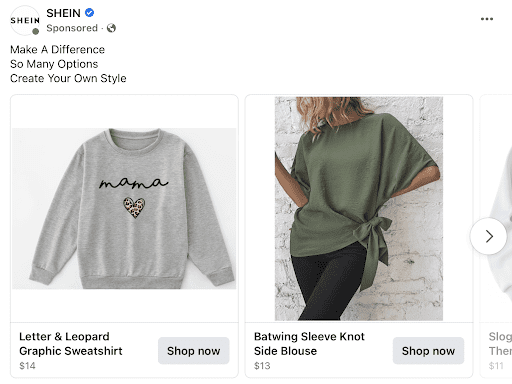
Snapchat Filter
This Snapchat filter is a fun way to add a cute frame around your photos while advertising American Express. When people see this filter, they are encouraged to use the cute frame while cementing being support of small businesses into American Express’s brand identity.
If supporting small businesses is important to them, they may look favorably at American Express because the company seems to share their values.
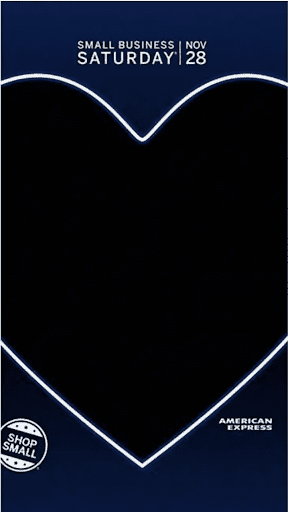
Content Recommendations
Look closely at this MSN homepage. You’ll notice a few different advertisements–a large banner ad for Verizon, smaller “suggested content” ads on the right-hand side, and a few strategically placed ads on the lower-left-hand side.
The content recommendations are formatted to look like any other content on the MSN website. This is done purposely. As consumers skim through the actual MSN-provided content, they will also take in the native ads. Pretty smart, right?
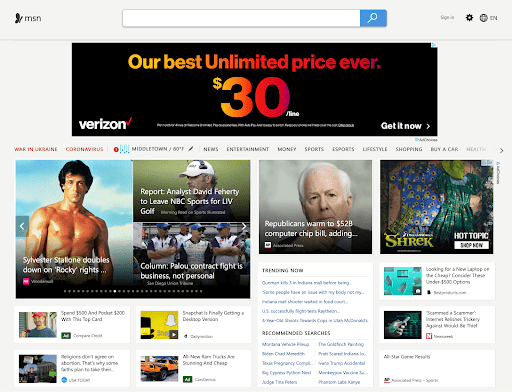
SERP Ads
In this native advertising example, notice how the native ad looks almost identical to the organic search results. The only difference is that tiny little “ad” designation at the top of the listing. This makes the searcher assume these listings are organic responses, not ads.
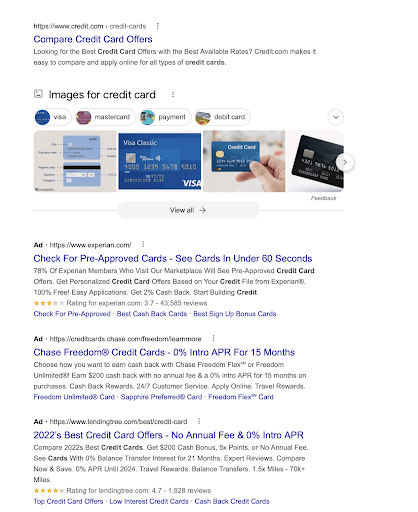
Example of Ineffective Native Advertising
As great as native advertising is, it can also produce a negative result if you aren’t careful.
One of the most notorious negative native advertising examples is a 2013 ad for Scientology that ran in The Atlantic.
Although this happened almost ten years ago, it is still discussed today as a terrible native advertising example.
People perceived it to be a legitimate The Atlantic article about the controversial religion rather than an advertisement created by the organization itself.
Since it didn’t blend in with the content that The Atlantic normally publishes, readers called the publication out as attempting to sneak propaganda to support Scientology’s agenda rather than an unbiased literary commentary the publication is known for.
The Atlantic eventually took the ad down but not before it was cemented in history as the worst native advertising example of all time.
Is Native Advertising the Future of Paid Digital Media?
With the amount of money being funneled into native advertising, it’s apparant what direction paid digital media is going. But will it be a temporary shift?
It’s true that consumers are tired of being sold to every time they open a web browser or social media platform, but will they grow tired of ads being hidden in the content they’re looking for?
Only time will tell.
I think if we play by the rules and produce advertisements that contain content our audiences want to see, native advertising will continue to be a successful and effective way to build brand awareness and increase sales.
Welcome To John Lincoln Marketing
Welcome to John Lincoln’s personal website. On this website, we offer courses by John Lincoln, review software, publish articles and videos. You can also learn about John Lincoln’s books, films, book him to speak and contact him. John is directly associated with many of the businesses mentioned on this website and freely discloses this information.
About the Author

John Lincoln is CEO of Ignite Visibility, one of the top digital marketing agencies in the nation. Ignite Visibility is a 4x Inc. 5,000 company. Ignite Visibility offers a unique digital marketing program tied directly to ROI with a focus on using SEO, social media, paid media, CRO, email, Amazon and PR to achieve results. Outside of Ignite Visibility, Lincoln is a frequent speaker and author of the books “Digital Influencer” and “The Forecaster Method.” Lincoln is consistently named one of the top digital marketers in the industry and was the recipient of the coveted Search Engine Land “Search Marketer of The Year” award. Lincoln has taught digital marketing and Web Analytics at the University of California San Diego since 2010, has been named as one of San Diego’s most admired CEO’s and a top business leader under 40. Lincoln has also made “SEO: The Movie” and “Social Media Marketing: The Movie.” His business mission is to help others through digital marketing.
Get Social
Recent Tweets
Contact John Lincoln
Want to get in touch with John Lincoln? Click Here To Reach Out.
Related Posts
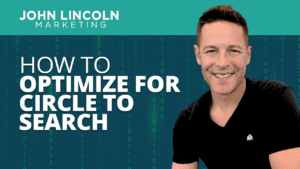
How to Optimize for Circle to Search
Google has always been serious about being curious. Now, the company has a new way to find the perfect answer to your searches — Circle

Why Keyword Cannibalization is a Top Factor Hurting Your SEO
The concept of keyword cannibalization has evolved over the last few years because of Google updates and its preferences for ranking. It’s an SEO challenge
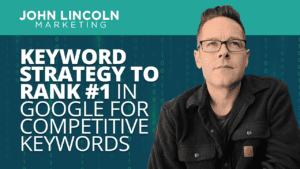
Keyword Strategy to Rank #1 in Google for Competitive Keywords
If you’re asking yourself, “How do I identify competitive keywords?” you’ve come to the right place. To fully dive into this topic, we’ll need to
